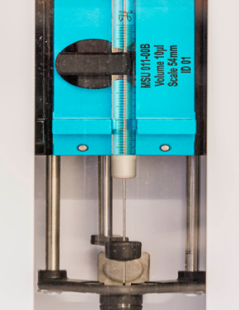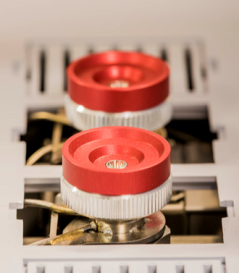
News
Science: Equipment update for ETE’s analytical laboratory
‘This is one of our newest hypermodern gas chromatograph or GC’, says Hans Beijleveld, Laboratory Coordinator at ETE, while he points to an impressive looking piece of machinery. ‘This single instrument replaces two older machines that were mainly used to analyze volatile fatty acids and short-chained alcohols.’ Volatile fatty acids, briefly VFA’s, are formed by bacteria during anaerobic breakdown processes.
The VFA composition gives important information about the presence of different bacteria species as well as the rate and routes of the metabolic conversions.
Outdated system
The analytical procedure to analyze VFA’s using the older GC was robust but kind of inefficient; separation was achieved by a so-called packed column. This outdated system often required two distinct runs to achieve good separation and quantification of the VFA’s and alcohols present. In the new GC, a capillary column takes care of separation, resulting in way more efficient analyses: excellent separation can now be achieved in just one system and one single run.
But the new machine is also needed because more substances are relevant in today’s environmental research. Beijleveld: ‘With our new system we are able to separate many more different VFA’s and other components than previously.’ And there is another important reason for the GC update. The old system was over 25 years old. Spare parts were increasingly difficult to get, while repair time became a real issue.
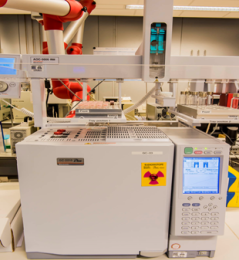
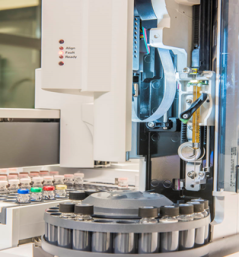
Analytical flexibility
A second new GC was purchased aiming at increased analytical flexibility in just one system. ‘We are running many types of analyses during a year’, Beijleveld explains. ‘This machine can run a range of different analyses and replaces four older GC’s!’
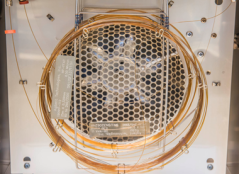
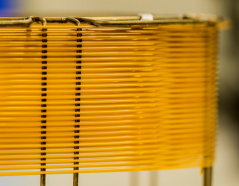
At the same time, analyses time is diminished; run time may be reduced by more than 50%. The new multi-purpose machine will be used by many different researchers in the near future.
For example, methane (CH4), an important component formed during anaerobic conversions, can be analyzed with high sensitivity. But also different toxic solvents can be analyzed, including benzene, toluene, ethylbenzene and different xylenes. These so called BTEX analyses are indispensable in soil surveys. Another group of compounds that can be measured are the mineral oils, important for oil spill research. The versatility of the system is among others due to the presence of two different injection positions. Each position leads to a different detector with specific analytical qualities. The first one is the electron capture detector, ECD. This detector is very sensitive to halogenated compounds, for example some groups of pesticides.
The second detector, the flame ionization detector, or FID, measures organic compounds without halogens, for example oil components. ‘All in all this GC is extremely flexible and will be used in many different projects’, Beijleveld says.
